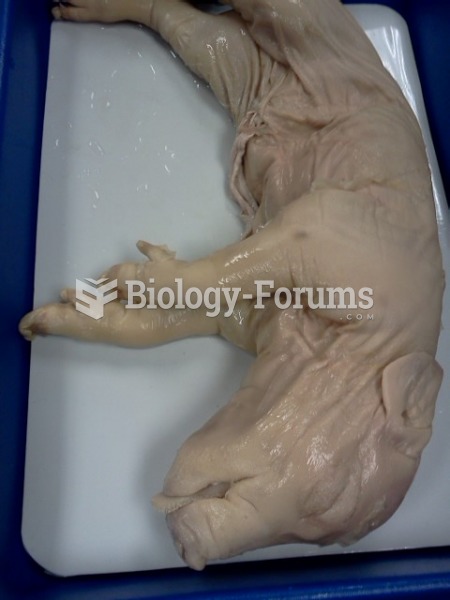Answer to Question 1
Suggested Response: Ava had one scheme for getting a sibling, and that scheme was the birth of her brother. She saw her mother go through a pregnancy and get bigger every month until her little brother was born. Ava was able to assimilate the new information about a baby growing inside a mommy and then being born. That's the way she came into this family. Now she needs to accommodate, because flying away and bringing a baby home is a different way to become part of the family. Ava needs to create a new scheme for getting a baby, and that scheme is adoption. The idea of adoption did not fit Ava's existing scheme and could not be assimilated. This new idea required new mental structures.
Text Reference:Piaget's Theory of Cognitive Development
Answer to Question 2
Suggested Response: Concrete-operational children are usually in upper elementary and middle school, though some older students remain in this stage of development. The following strategies should be effective:
Use concrete objects in teaching when possible. Provide manipulatives and allow students to interact with these objects to develop understanding and to solve problems.
Use visual media as much as possible. Almost any lesson or concept can be illustrated in pictures, charts, timelines, drawings, videos, and other visual means. Allow children to make their own drawings, charts, and illustrations when applicable.
Break down complex ideas or series of steps into chunks they can understand. Give them frequent practice. Start with one or two steps of a skill and expand to more steps. Review and revisit new skills often.
Keep presentations of information short. Use many examples and ask students to give examples. Make sure examples relate to students' lives and things they understand.
Provide frequent opportunities for students to use skills of organizing, classifying, and grouping. Gradually increase the difficulty of the tasks. They should understand reversibility and have challenging tasks that involve mentally reversing steps or actions. They should also understand seriation and should have opportunities to arrange objects sequentially by size, weight, volume or other quantitative aspects such as time.
Challenge students with higher order thinking tasks. Require them to analyze ideas and situations. Teach them to make comparisons using Venn diagrams and other graphic organizers. Involve them in problem solving on increasing levels of difficulty.
Text Reference:Piaget's Theory of Cognitive Development







